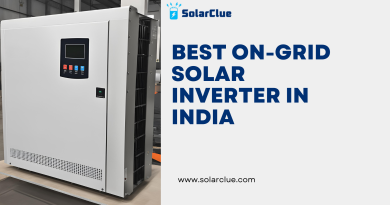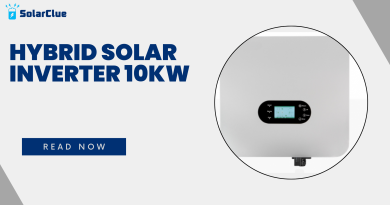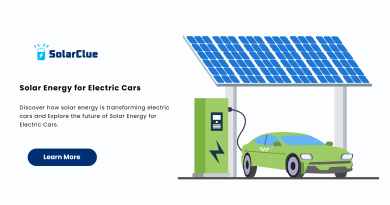On-Grid Solar PV System for Rooftop Energy Solutions
As the world shifts towards sustainable energy alternatives, on-grid Solar PV system have gained prominence for rooftop energy solutions. These systems, connected to the main power grid, offer a range of benefits for individuals and businesses seeking a reliable and efficient way to harness solar power. In this blog post, we will delve into the key aspects of on-grid PV systems and their role in rooftop energy solutions.
Table of Contents
Section 1: How On-Grid PV Systems Work
1.1 Grid Connection
On-grid PV systems are directly connected to the local electricity grid. This connection allows them to feed excess electricity back into the grid and draw power when the solar panels aren’t generating enough energy, ensuring a continuous and reliable power supply.
1.2 Net Metering
Net metering is a crucial component of on-grid PV systems. It involves a bi-directional meter that tracks the amount of electricity generated and consumed. Excess energy produced during sunny periods is fed into the grid, and users receive credits or compensation for this contribution.
Section 2: Advantages of On-Grid PV Systems
2.1 Cost-Effectiveness
On-grid PV systems are often more cost-effective than their off-grid counterparts. The grid serves as a virtual battery, eliminating the need for expensive energy storage solutions. Users can draw power from the grid during low sunlight periods, reducing the reliance on backup power sources.
2.2 Financial Incentives
Many regions offer financial incentives for on-grid solar installations. These incentives, such as tax credits and rebates, can significantly offset the initial costs of installing a rooftop solar system, making it an attractive investment.
Section 3: Reliability and Consistency
3.1 Continuous Power Supply
On-grid PV systems provide a continuous power supply, eliminating concerns about energy shortages during cloudy days or at night. The seamless transition between solar-generated power and grid power ensures a reliable electricity source.
3.2 Grid as a Backup
During periods of high energy demand or system maintenance, users can rely on the grid for additional power. This backup support enhances the overall reliability of on-grid PV systems.
Section 4: Environmental Impact
4.1 Reduced Carbon Footprint
On-grid PV systems contribute to a reduced carbon footprint by generating clean and renewable energy. This environmentally friendly approach aligns with global efforts to mitigate climate change and promote sustainable energy practices.
4.2 Grid Decentralization
The integration of on-grid PV systems supports the decentralization of energy production. By generating power locally, these systems reduce the need for long-distance transportation of electricity, minimizing energy losses and increasing overall efficiency.
Section 5: Considerations for Installation
5.1 Grid Compatibility
Before installing an on-grid PV system, it’s essential to ensure compatibility with the local grid. Consulting with local utility providers and adhering to grid connection guidelines is crucial for a seamless integration.
5.2 Net Metering Policies
Understanding and complying with net metering policies in your region is key to maximizing the benefits of an on-grid PV system. Clear communication with utility providers can help navigate the net metering process effectively.
Conclusion
On-grid Solar PV system represent a practical and efficient solution for rooftop energy needs. With their seamless connection to the grid, cost-effectiveness, reliability, and positive environmental impact, these systems are shaping the future of sustainable energy. Understanding the workings and advantages of on-grid PV systems is essential for individuals and businesses looking to make informed decisions about their rooftop energy solutions. Embrace the power of the sun while staying connected to the grid for a resilient and sustainable energy future.



